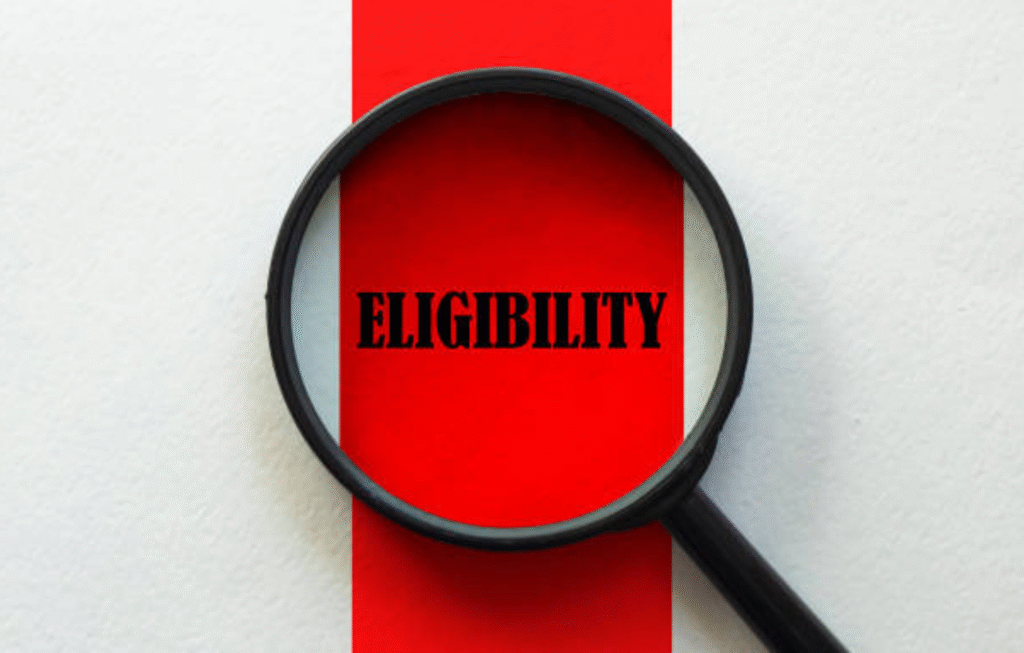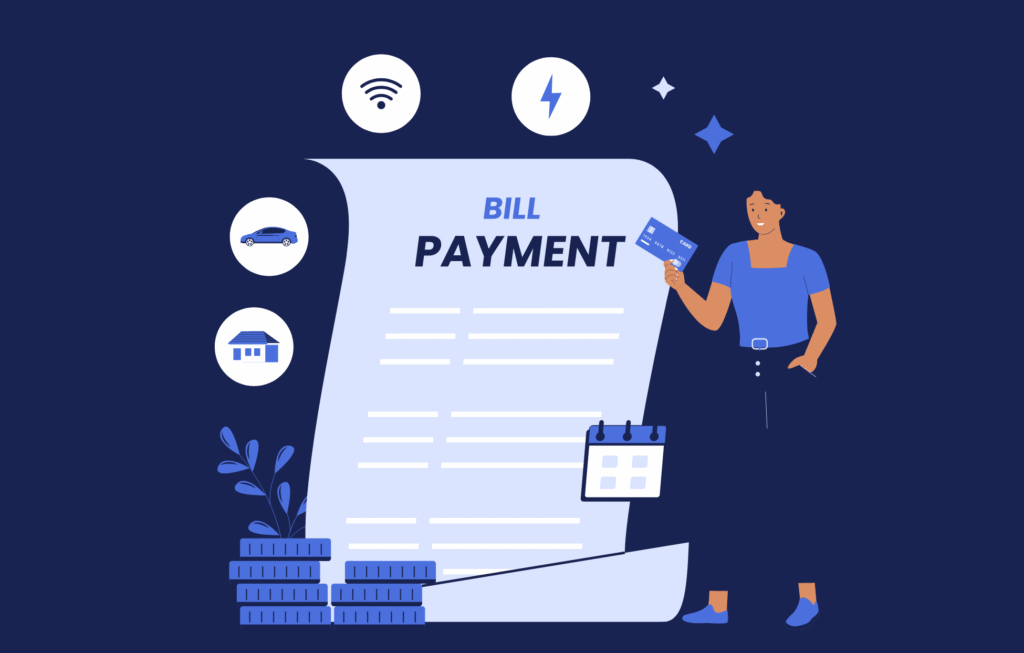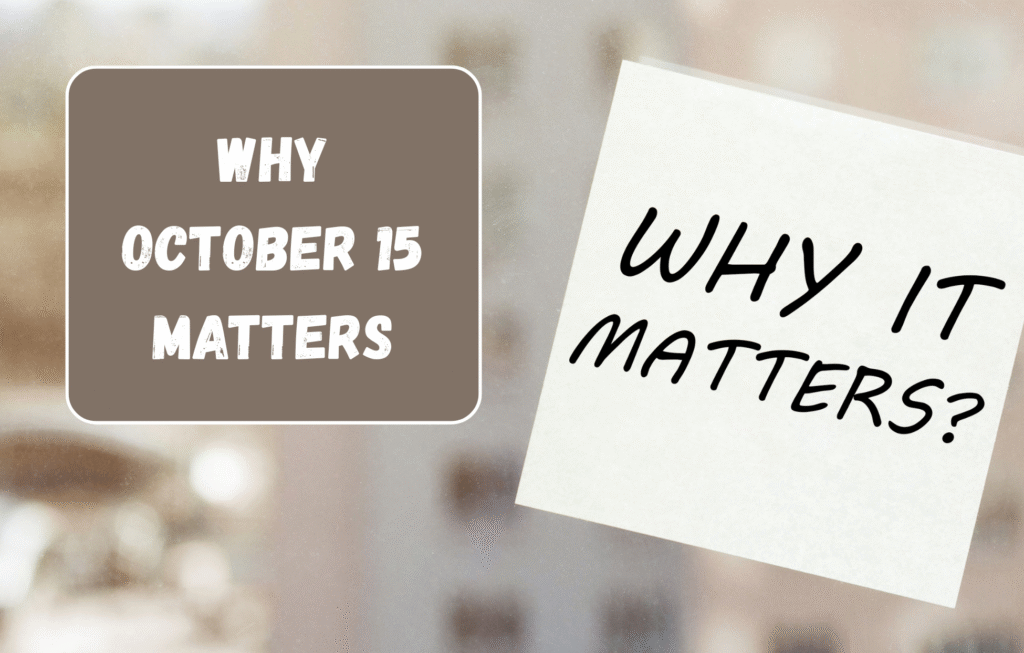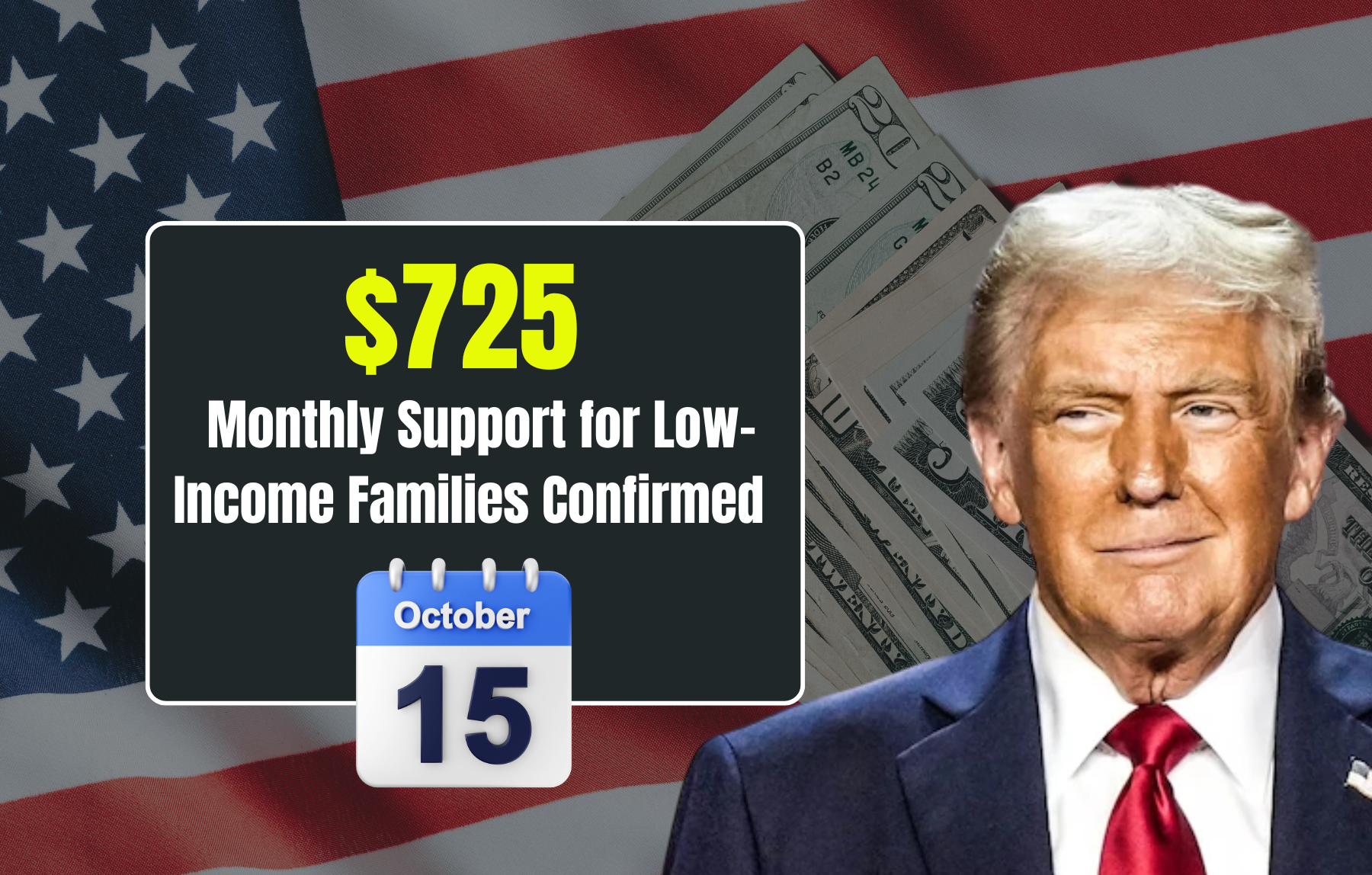Introduction: What Is the $725 Monthly Payment?
The idea that “everyone will get $725 a month” is misleading. However, there is a piloted guaranteed income program in Sacramento County, California, known as the Family First Economic Support Pilot (FFESP), in which 200 low‑income families were selected to receive monthly‑unconditional cash payments of $725 for a period of time.
This is a local, targeted experiment, not a federal stimulus applied to all low-income families. The “October 15 confirmed” date refers to the payment schedule in this pilot program, where payments are disbursed monthly (around the 15th) to selected participants.
In this article, we’ll explore what’s actually happening: the program details, eligibility, payment dates (especially October 15), what the money is for, what it is not, the broader implications, and important caveats.
What Is the FFESP Program?
- Name: Family First Economic Support Pilot (FFESP)
- Location: Sacramento County, California
- Benefit amount: $725 per month to each participating household
- Duration: 12 months of payments (from August 2025 to July 2026)
- Number of households: 200 families selected via lottery
- Unconditional: Recipients are free to spend the money as they choose — on rent, groceries, utilities, transportation, childcare, etc.
- Goal: To test how consistent, unrestricted cash support affects financial stability, child welfare, and family well-being in a high-cost environment
Because this is a pilot, its design is to inform future policy, not to replace existing welfare programs.
Eligibility: Who Qualifies for the $725 in Sacramento?

To be eligible for the FFESP payments, households had to meet several specific criteria:
| Eligibility Factor | Requirement |
|---|---|
| Geographic location | Reside in one of six specific Sacramento ZIP codes: 95815, 95821, 95823, 95825, 95828, or 95838 |
| Children | Must have at least one child aged 0–5 who lives with you at least half the time |
| Income limit | Household income must be at or below 200% of the federal poverty level (for example, ~ $62,400 for a family of four in 2025) |
| Selection method | Because many families apply, participants are chosen via a lottery process |
| Program exclusivity | If families are already enrolled in another guaranteed income program, they may not be eligible under FFESP |
So in simple terms: you had to live in specific ZIP codes, have young children, meet the income ceiling, and hope your name was drawn. There is no automatic enrollment for all low-income families in California.
Payment Schedule & October 15 “Confirmed” Date

One of the key selling points is a predictable schedule. For the selected families:
- Payments are issued on or around the 15th of every month.
- October 15, 2025 is confirmed as one of the payment dates for that month in this pilot.
- The full schedule extends from August 15, 2025 (first payment) through July 15, 2026 (final payment).
Some sources also state that if the 15th falls on a weekend or holiday, the payment may be handled on the adjacent business day.
Thus, for October 2025, those 200 selected households should expect a $725 deposit (or check) around October 15.
How the Payment Is Delivered
Program participants had options for how they received their funds:
- Direct deposit into a bank account
- Prepaid debit cards if they did not have a bank account
- Paper checks mailed, for those who selected that option
Recipients do not have to justify or report how they spend the money. The payments are unconditional.
What Can the $725 Be Used For?
Because the program is unconditional, families can use the funds as they see fit. Common uses include:
- Rent and housing costs
- Utility bills (electricity, water, gas)
- Groceries and food supplies
- Childcare and early education
- Transportation
- Healthcare and medications
- Other essential household needs
The idea is to reduce financial stress and fill gaps that traditional assistance programs may not fully cover.
What It Is Not
It’s important to clarify what this program does not represent:
- It is not a federal program or stimulus — it’s a localized pilot in Sacramento.
- It does not cover all low-income families in California or the U.S.
- It is not permanent — it runs for one year, ending July 2026.
- It is not means-tested after selection — once selected, the payments continue unless otherwise disqualified.
- It does not require recipients to report or justify spending.
- It is not guaranteed that everyone who qualifies will receive the benefit — it depends on a lottery system.
Realities & Early Feedback
Because the program is still relatively new, full data and analysis aren’t available yet. However, some early observations:
- The $725 amount is considered generous and may help reduce financial stress for selected families.
- Since only 200 families are included, it’s a small sample. It may not reflect what would happen in a larger rollout.
- Researchers are likely tracking outcomes like housing stability, food security, stress levels, reliance on welfare programs, and child development.
- Critics caution that while the pilot may show positive effects, scaling such programs statewide or nationally may be difficult without stable funding.
- There’s some concern about inflation or dependency if such payments became permanent without broader economic reform.
Caveats & Things to Watch Out For
- Scams & misinformation: Because the $725 payment sounds attractive, many false claims may circulate. Always verify through official county or state websites.
- Program changes or delays: As with any pilot, there could be changes in scheduling, disbursement methods, or policy based on funding or politics.
- Eligibility must be maintained: Families must continue living in eligible ZIP codes and meet other criteria to keep receiving payments.
- Interaction with other benefits: While designed to be non-taxable and not affect other aid, families should still double-check with local social service agencies.
- Public visibility and scrutiny: Pilot programs are often studied in detail, and recipients’ data and feedback may become part of reports or evaluations.
Why October 15 Matters

Because the program pays on or near the 15th of each month, October 15, 2025, is the scheduled date for that month’s payment. This gives families a reliable date they can plan around for paying bills, rent, or other expenses.
A predictable payment date can be a huge relief for low-income families dealing with instability in other parts of life.
Broader Implications & Lessons
This isn’t just about helping 200 families — the program is part of a wider trend toward guaranteed income. Similar pilots have occurred in other U.S. cities like Stockton and Oakland.
If results are positive — showing reduced reliance on welfare, better child outcomes, or improved mental health — there may be interest in expanding the idea. However, scaling these programs presents serious challenges in terms of public funding, political support, and integration with existing aid systems.
Summary & What You Should Know
- The $725 monthly payment is part of a local pilot program in Sacramento County, California, called the Family First Economic Support Pilot (FFESP).
- It is not a federal benefit or national stimulus — only 200 families were selected by lottery.
- Eligibility was based on income, ZIP code, and having young children.
- Payments are issued monthly, around the 15th — including October 15, 2025.
- The funds are unrestricted, non-taxable, and meant to relieve financial pressure.
- The program runs for one year only, ending in July 2026.
- While promising, it remains an experiment — with uncertain outcomes on scale or future adoption.
FAQs
1. Is the $725 monthly payment available to everyone?
No. The $725 monthly payment is part of a small Sacramento pilot program for 200 selected low-income families. It is not a national or statewide universal benefit.
2. What is the FFESP program?
The Family First Economic Support Pilot (FFESP) is a Sacramento-based guaranteed income experiment providing $725 monthly to 200 low-income families from August 2025 to July 2026.
3. Who qualifies for the FFESP payments?
You must live in specific Sacramento ZIP codes, have a child under age 6, meet income limits, and be selected by lottery to qualify for FFESP payments.
